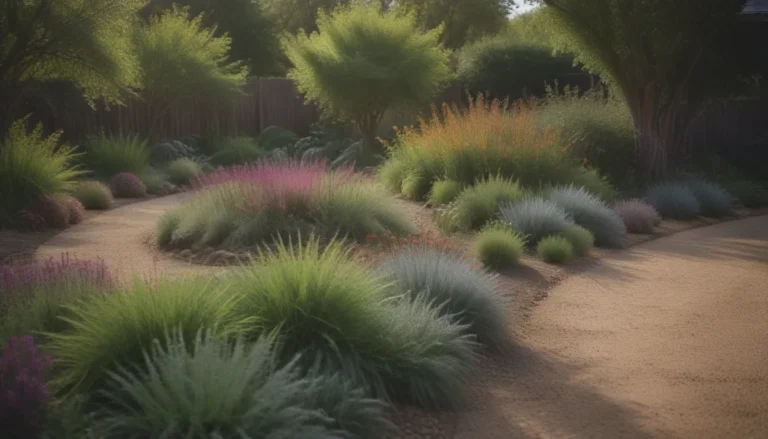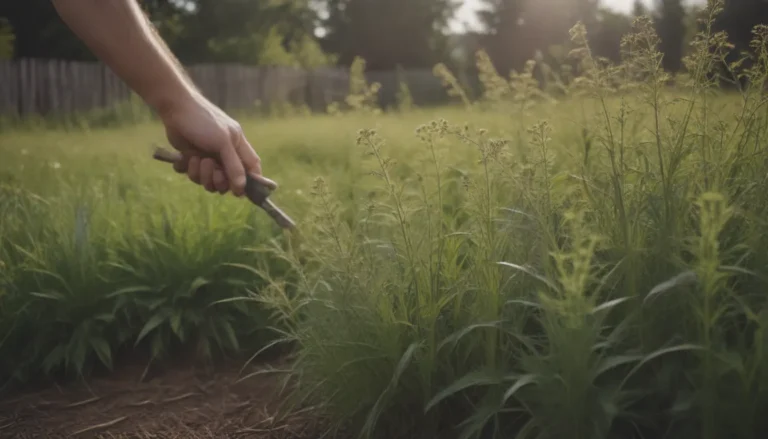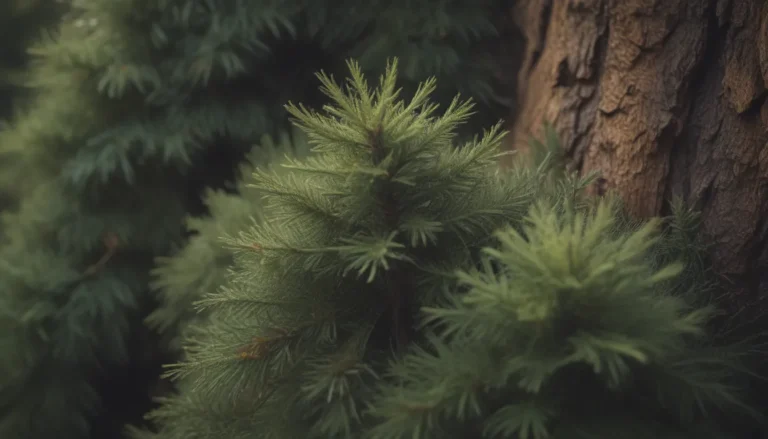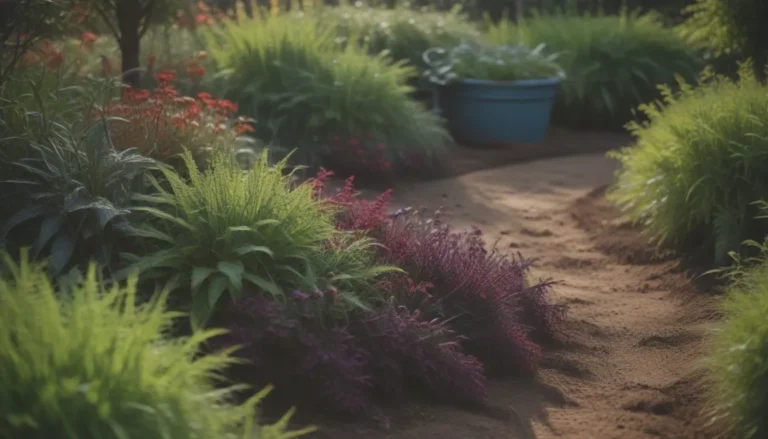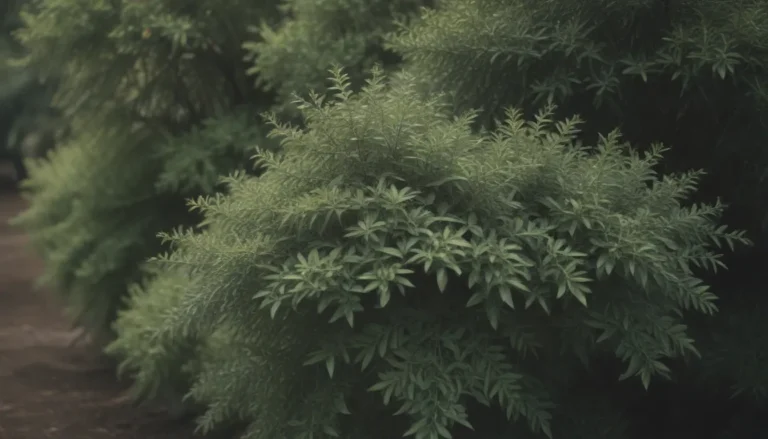How to Identify and Safely Remove Oriental Bittersweet from Your Garden
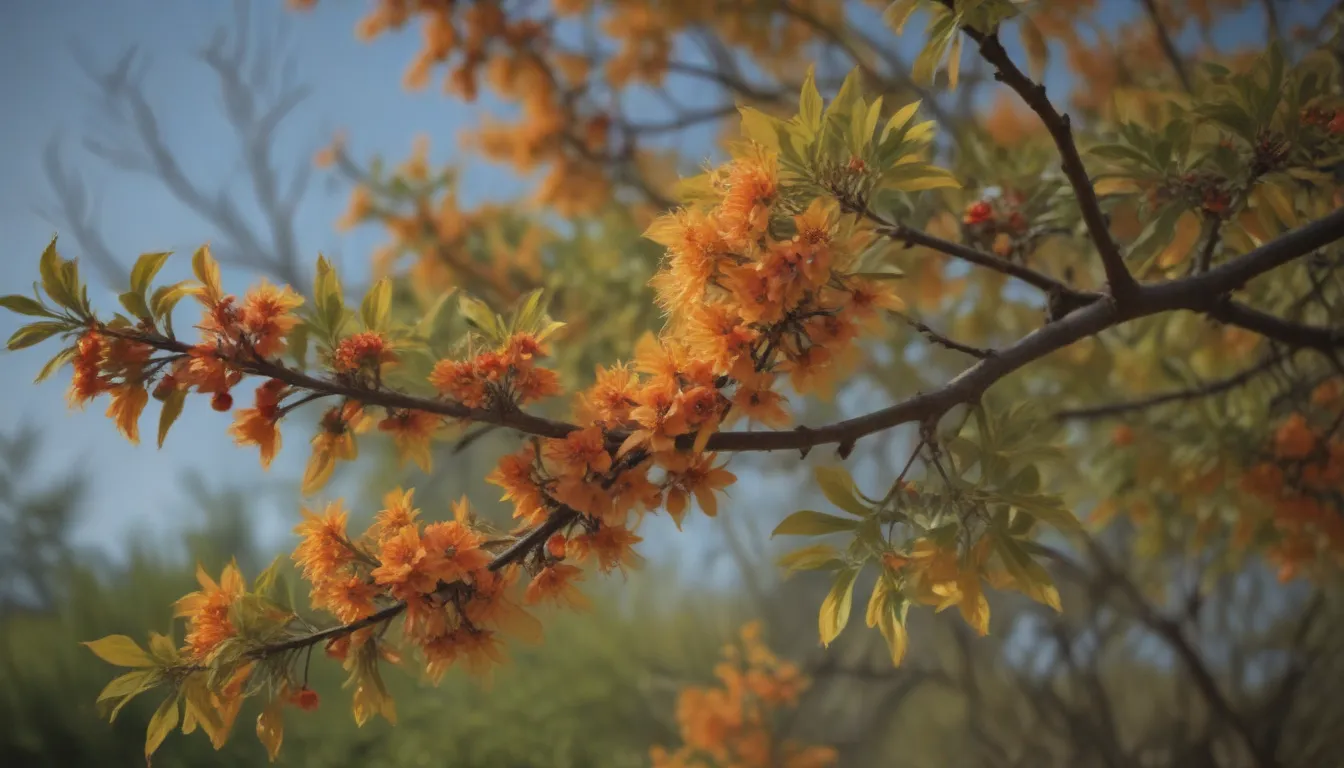
Are you a fan of stunning autumn decorations and wreaths adorned with glossy leaves and orange berries? If so, you might have come across the oriental bittersweet vine. While this Asian native plant may look beautiful, it is actually one of the worst invasive species in North America. If left unchecked, oriental bittersweet can quickly take over your garden, smothering other plants, and even large trees in its path.
In this comprehensive guide, we will delve into everything you need to know about identifying and eradicating oriental bittersweet from your garden. From understanding its invasive nature to learning how to distinguish it from native bittersweet species, we’ve got you covered!
Understanding Oriental Bittersweet’s Invasiveness
Oriental bittersweet is a fast-spreading vine that can quickly choke out and kill other vegetation in your garden. Here are a few ways in which this invasive plant can wreak havoc:
- Overgrowth: The vines of oriental bittersweet can completely overgrow other plants, depriving them of sunlight, air, and water.
- Bird Dispersal: Oriental bittersweet produces an abundance of berries that birds love to eat. As birds consume the berries, they spread the seeds further through their droppings.
- High Germination Rate: The seeds of oriental bittersweet have an impressive germination rate of 95%, making it easy for new plants to establish.
- Underground Spread: This invasive vine can also spread through underground roots, making it difficult to eradicate completely.
What Does Oriental Bittersweet Look Like?
To effectively identify and remove oriental bittersweet from your garden, it’s essential to know what to look for. Here are some key characteristics of this invasive plant:
- Deciduous Vine: Oriental bittersweet is a deciduous, woody vine that can reach heights of up to 100 feet.
- Glossy Leaves: The alternate leaves of oriental bittersweet are round, finely toothed, and oval or round in shape with pointed tips.
- Berries and Flowers: In May or June, small greenish-yellow flowers appear on the vine, eventually producing bright yellowish-orange berries in the fall.
- Roots: The roots of oriental bittersweet are deep and have a distinctive bright orange color.
- Vining Habit: The vine coils around trees, shrubs, and any other support it can find, including manmade structures.
How to Remove Oriental Bittersweet
Now that you’ve identified oriental bittersweet in your garden, it’s time to take action. Here are some tips on how to safely remove this invasive plant:
- Hand Pulling: For small vines, gently pull them by hand, making sure to remove the entire root system to prevent regrowth.
- Cut and Treat: If the vines are larger and entangled with trees, cut the stems at the base and immediately treat the cut with glyphosate concentrate during the growing season.
- Monitoring: Inspect the stump regularly for any regrowth and reapply herbicide as needed to prevent new shoots from sprouting.
- Dispose Properly: Dispose of removed vines in the garbage or leave them on a surface exposed to sunlight to kill the roots.
Distinguishing Between Oriental and American Bittersweet
It’s essential to differentiate between oriental bittersweet and its native counterpart, American bittersweet, to preserve native plant species. Here are some key differences to look out for:
- Stem Texture: American bittersweet has smooth stems, while oriental bittersweet has rough, woody stems.
- Berry Location: The berries of American bittersweet appear only at the tips of the vine, whereas oriental bittersweet berries grow along the vine.
Conclusion
In conclusion, oriental bittersweet may be visually appealing, but it poses a significant threat to native plant species and ecosystems. By understanding how to identify and safely remove this invasive vine from your garden, you can help protect the biodiversity of your environment. Remember to stay vigilant, dispose of removed vines properly, and monitor the area for any signs of regrowth.
Together, we can work towards preserving our natural habitats and ensuring a healthy environment for future generations. Good luck with your oriental bittersweet removal efforts, and happy gardening!
